8 Most Common Problems in Hydraulic Operated Remote Valve System on Ships
A cargo ship has a variety of machinery types, which are connected to different piping systems that supply essential oil and water for efficient operation. In tanker ship, the cargo tanks are connected to the pipes, which are used for loading and unloading of cargo.
The important piping system of the ship, such as ballast water system, cargo piping system, bunker piping etc. are provided with hydraulic operated valves to restrict and control the flow of oil/water/cargo through the pipes in a simple, safe and economical way.
Related Read: How to operate ship ballast system
The hydraulic operated valves system consists of the following essential parts:
1. Hydraulic Power Pack:
The hydraulic power unit is a combined system which supplies, operates and controls the flow of oil to the hydraulic valves when an open or close signal is given from the engine control room or the cargo control room. It consists of the following components:
i. Signal receiver
ii. Hydraulic tank
iii. Pumps
iv. Level gauges
v. Pressure gauges
vi. Alarms
vii. Filters
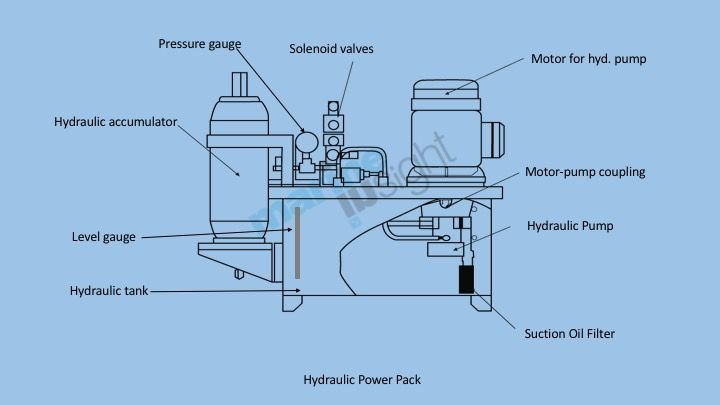
The power pack will operate the pumps depending on the line pressure and acknowledge the command given from the ECR or CCR to open or shut the valve (Start and Stop Pressure).
2. Pumps
The other important part of the hydraulic operating system are the two pumps fitted with the hydraulic power pack unit. Here, one acts as main and other as a standby pump, with each having a capacity to open or close valves simultaneously in one minute.
Related Read: Types of pumps used on ships
3. Accumulators
Accumulators are pressure storing devices, which are a part of the hydraulic power pack. The capacity of the accumulator should be sufficient to compensate the oil leakage in the hydraulic supply piping system for at least five minutes and supplying oil to operate minimum three largest hydraulic valves in the system to change from shut to open position or vice versa.
4. Actuator:
A valve actuator is an assembly of piston and cylinder which operates the valve at the local position. It receives the oil from the hydraulic power pack for operating the valve.
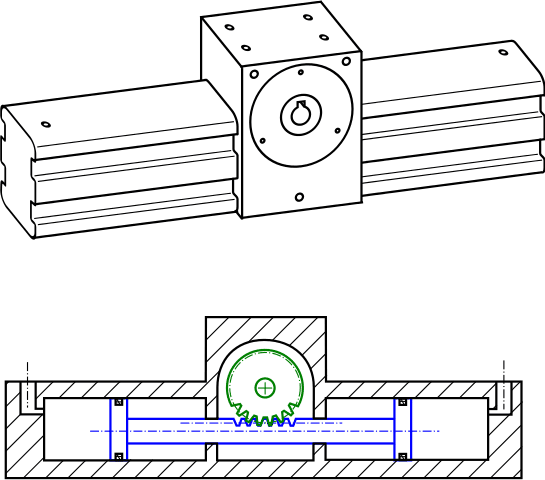
Related Read: Gate valve on ships
The most common problem found in a ship’s hydraulic operated remote valve system are:
1. The hydraulic supply pump is not starting:
The hydraulic supply pump is the primary source of control for the remote control valves. In case of any problem with one pump, the standby pump must be started to resume the operation, if needed immediately. Following are the indication the set supply pump is not starting:
– No running indication lamp light
– Low oil pressure alarm active
– Low oil level alarm active
Related Read: 10 Practical Tips To Handle Engine Room Pumps
Following are the causes of the pump not working:
a. Electrical problem:
- Low Voltage
- Disconnection of wire
- A problem in electric motor
b. Pump problem:
- Blocked motor
- Blocked pump
c. Oil problem:
- Leakage of oil
- Wrong setting of oil level switch
Troubleshooting the above causes:
a. Electrical problem
- Check presence of voltage
- Check control place for wire connections
- Check motor intensity and winding
Related Read: How to find earth fault on board ships?
b. Pump problem:
- Change to stand by pump
- Check motor or pump for free revolution
- Overhaul motor or pump is necessary
c. Oil Problem:
- Check oil level
- Check and rectify leakage
- Ensure tank level is appropriate
- Re-set the oil level switch
- Clogged inlet filter (if provided)
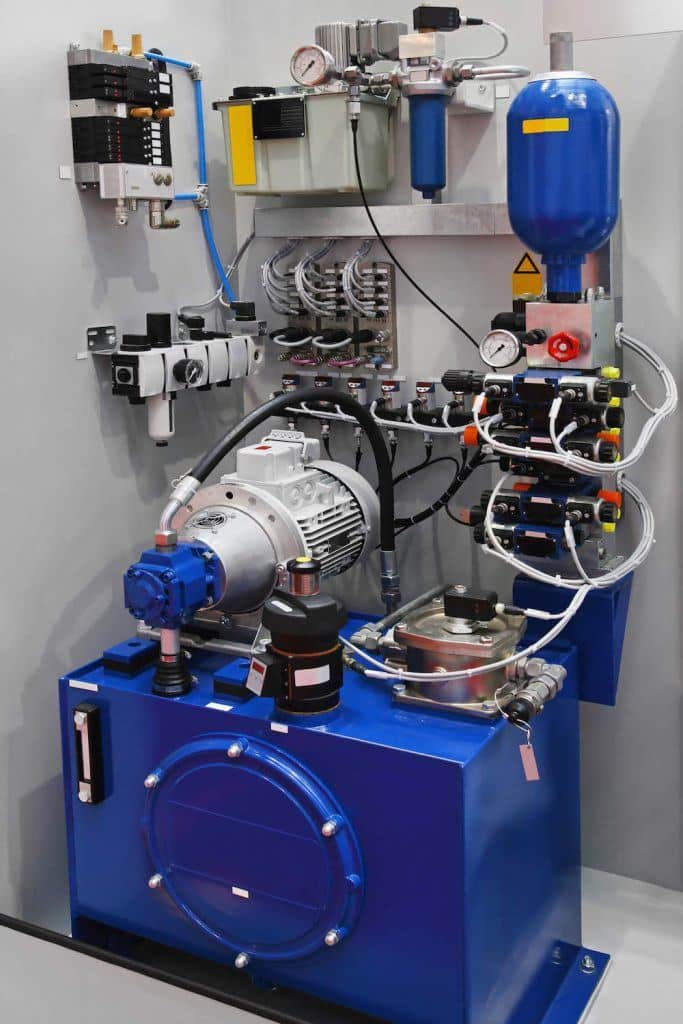
2. Clogged Circuit: In case of a clogged circuit, the oil supplied by the correctly operated pump will not reach the valve and hamper the remote operation. Following are the most common causes of a clogged circuit:
a. Impurities:
- Use of low-grade oil
- Improper cleaning after overhauling
Related Read: Important lube oil qualities to consider while choosing lube oil on ships
b. Foreign substance:
- Access to foreign material during repairs
- Access to external substance during oil filling
c. Inefficient Flushing operation
d. Burst filter cartridge
Troubleshooting the above causes:
a. Impurities:
– Inspection of the whole installation to find a reason for impurity access
– Use good quality of hydraulic oil as prescribed by the maker
– Ensure to clean the system properly after overhauling
b. Foreign substance:
– Ensure to clean the system properly after repairing
– Inspect the tank after cleaning for left out rags/clothes
c. Flushing:
– Flush the whole installation
d. Burst or clogged filter:
– Clean the filter
– Change the filter cartridge
3. Unusual Noise from Pump:
A working pump has a usual noise when running. An engineer officer should know how the regular operating machine (including pumps) sounds. Following are the most common causes of unusual pump sound:
a. air ingress at the suction of the pump
b. damage pump parts
c. defective motor-pump coupling
Troubleshooting the above causes:
a. Air ingress:
– Check the tightness of the pump suction circuit
– Purge the air from the circuit
b. Damage pump parts:
– Switch to st. by pump
– Overhaul the affected pump
– Change the bearing
c. Defective motor-pump coupling
– Check the coupling for damage
– Check the tightness of coupling bolts
– Check the motor- pump coupling shaft alignment
– Replace coupling, if required
Related Read: 7 Common Problems Found in Pumps On Board Ships
4. Slow valve movement:
Once the signal is given to operate a hydraulic valve from ECR or CCR; the valve should fully open or shut in a given time. A delay in the operating timing of the valve is caused by:
a. Defective control valve operation
b. Clogged flow reducer
c. Clogged filters
d. Low oil pressure
e. Low oil temperature
f. Damaged valve actuator
Troubleshooting the above causes:
a. Check control valve operation
b. Check flow reducer adjustment
c. Clean the clogged flow reducer
d. Clean the clogged filter
e. Check and maintain oil pressure
f. Check and maintain oil temperature
g. Preheat the oil in cold weather
h. Check actuator operation
i. Check valve torque
Related Room: The basics of troubleshooting engine room machinery
5. Jerking valve Operation:
The jerking of the hydraulic valve is not suitable for valve itself, and it will also lead to improper valve operation, i.e. delay in opening/closing and pressure surge in the system.
Jerk in the valve is caused by:
a. Pressure surge
b. Air in the system
c. Faulty accumulator
d. Faulty actuator
Troubleshooting the above causes:
a. Carry out air purging of the system
b. Maintain the pressure from the hydraulic power pack unit
c. Overhaul the faulty accumulator
d. Overhaul the faulty actuator
Related Reading: 12 Ways To Master Engine Room Watchkeeping Procedure
6. Valve does not shut entirely:
A valve needs to shut fully as a partially closed valve may lead to continue in the flow and result in spilling of the fluid. Following are the most common causes of the valve not getting entirely shut:
a. Internal leakage of hydraulic actuator
b. Oil pressure too low
c. The problem in relief and check valve
d. The operation time of the valve is too slow
Troubleshooting the above causes:
a. Check the pressure on actuator after the operation, if the pressure is decreased quickly, check the seal on the actuator and if required, replace the seal with new ones.
b. Maintain the rated pressure in the hydraulic system
c. Check the operation of relief and check valve. Replace with a new one if faulty
d. Check the operating time of the valve and adjust the same to the recommended timing prescribed by the maker
7. Valve is not moving:
It may happen that a valve which is signalled from the CCR or ECR to open or shut is not moving at all.
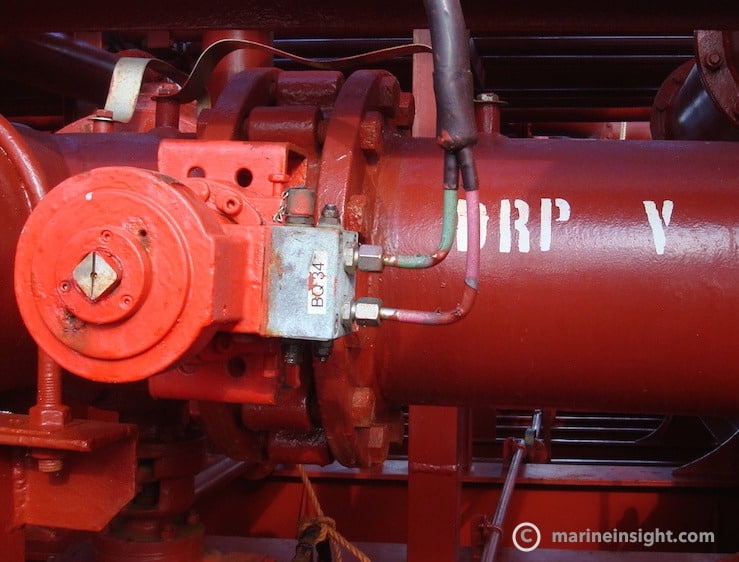
This may lead to a spill of fluid (if the valve is stuck in open position) or over-pressurisation of the connected piping system (if the valve is stuck in a closed position). No movement of the valve is caused by:
a. Problem in electric control system
– No/low voltage
– Disconnection of wires
– Problem in electrical parts – switches, solenoid valve etc.
b. Problem in hydraulic actuators, valves or pipes
– Coil of the solenoid damaged
– Leaking pipes
– Clogged flow reducer
– Spool of control valve or actuator piston jammed
– Foreign body in the valve circuit
– Damaged actuator
Troubleshooting the above causes:
a. Electric control system:
– Check presence of voltage on control circuit
– Check each cable terminal connection
– Check each electrical apparatus (i.e., switches, solenoid valves etc.)
b. Hydraulic Components:
– Check solenoid valve operation
– Check and adjust flow reducer
– Check hydraulic pipes for leakages
– Check actuator for correct operation
– Check oil pressure
8. Wrong valve position indication:
The main purpose of the hydraulic controlled valve is to operate it remotely. The ECR and CCR control panel for such valves are provided with position indicator showing the current position of the valve (Open or Shut). If the indicator is showing a wrong position, it may lead to confusion and operator may proceed not knowing the actual or real position of the valve.
Following are the most common causes for the wrong position indication:
a. Defective flow meter
b. Defective pressure switch.
c. Problem in indicator panel
Troubleshooting the above causes:
a. Overhaul the flowmeter
b. Check and rectify the fault with pressure switch
c. Check and rectify indicator panel problem
These are some of the most common problems which are encountered on the hydraulic remote control valve system provided in ships. However, the above list must not be considered as complete. The engineer’s experience is an essential factor in fault finding and troubleshooting.
Related Read: Can reverse engineering help marine engineers troubleshoot engine room machinery on ships
All the ship personnel responsible for the operation of the hydraulic controlled remote valve must know the location of all the valves operated by the same. He/she should know how to open/shut them in case the hydraulic system fails to operate.
Disclaimer :
The information contained in this website is for general information purposes only. While we endeavour to keep the information up to date and correct, we make no representations or warranties of any kind, express or implied, about the completeness, accuracy, reliability, suitability or availability with respect to the website or the information, products, services, or related graphics contained on the website for any purpose. Any reliance you place on such information is therefore strictly at your own risk.
In no event will we be liable for any loss or damage including without limitation, indirect or consequential loss or damage, or any loss or damage whatsoever arising from loss of data or profits arising out of, or in connection with, the use of this website.
Disclaimer :
The information contained in this website is for general information purposes only. While we endeavour to keep the information up to date and correct, we make no representations or warranties of any kind, express or implied, about the completeness, accuracy, reliability, suitability or availability with respect to the website or the information, products, services, or related graphics contained on the website for any purpose. Any reliance you place on such information is therefore strictly at your own risk.
Related Articles
Do you have info to share with us ? Suggest a correction
Subscribe To Our Daily Newsletter
By subscribing, you agree to our Privacy Policy and may receive occasional deal communications; you can unsubscribe anytime.

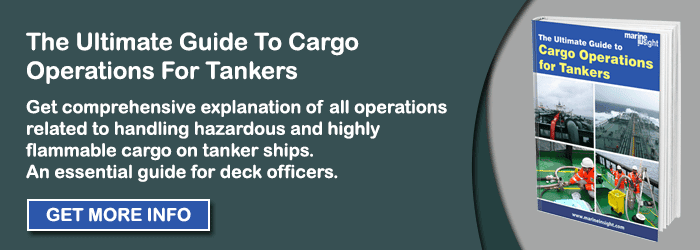
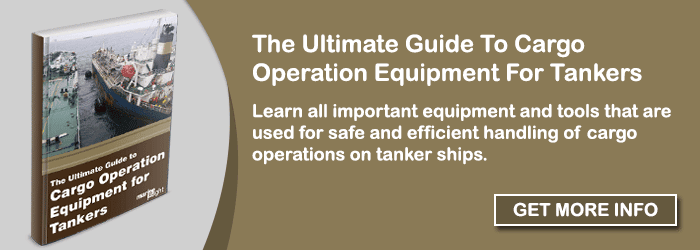
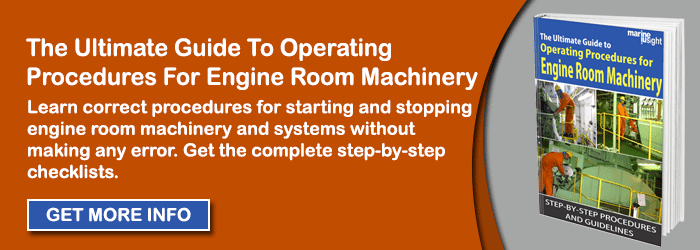

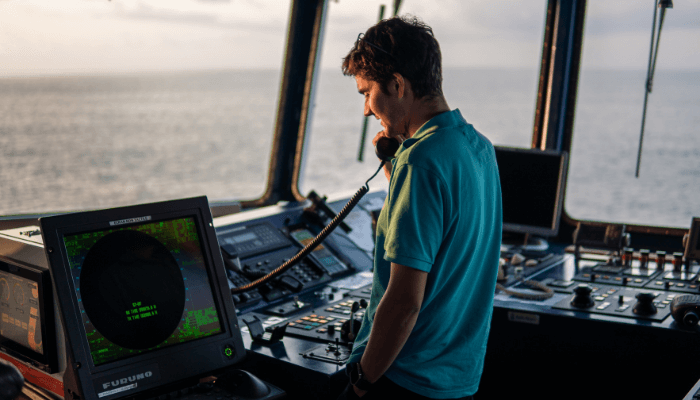


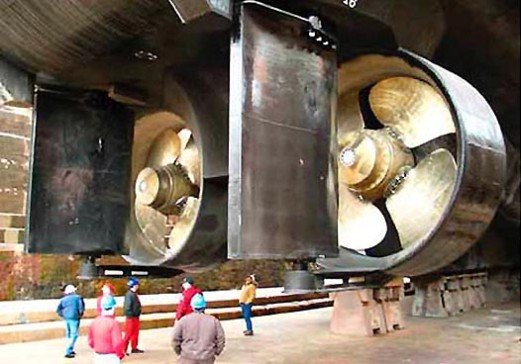




Why not to use Elektro-hydraulic Actuators, such as Pleiger EHS Actuators. Each actuator has A built on Power Pack and possibly electronics for Ring Bus controls. More than 300000 Actuators in service. Also Ex protected executions such as on deck cargo valves of A LNG tanker, which loads in minus 55 degr C and discharges in plus 32 degr C.